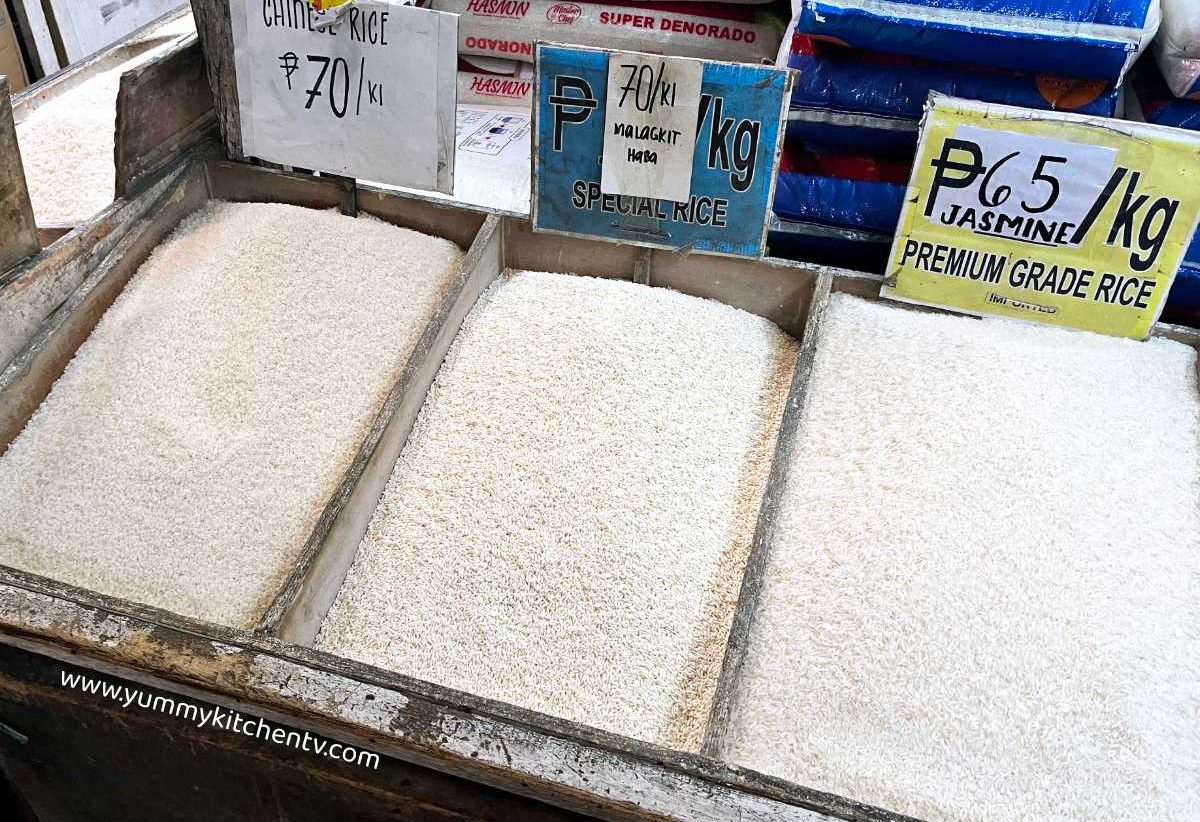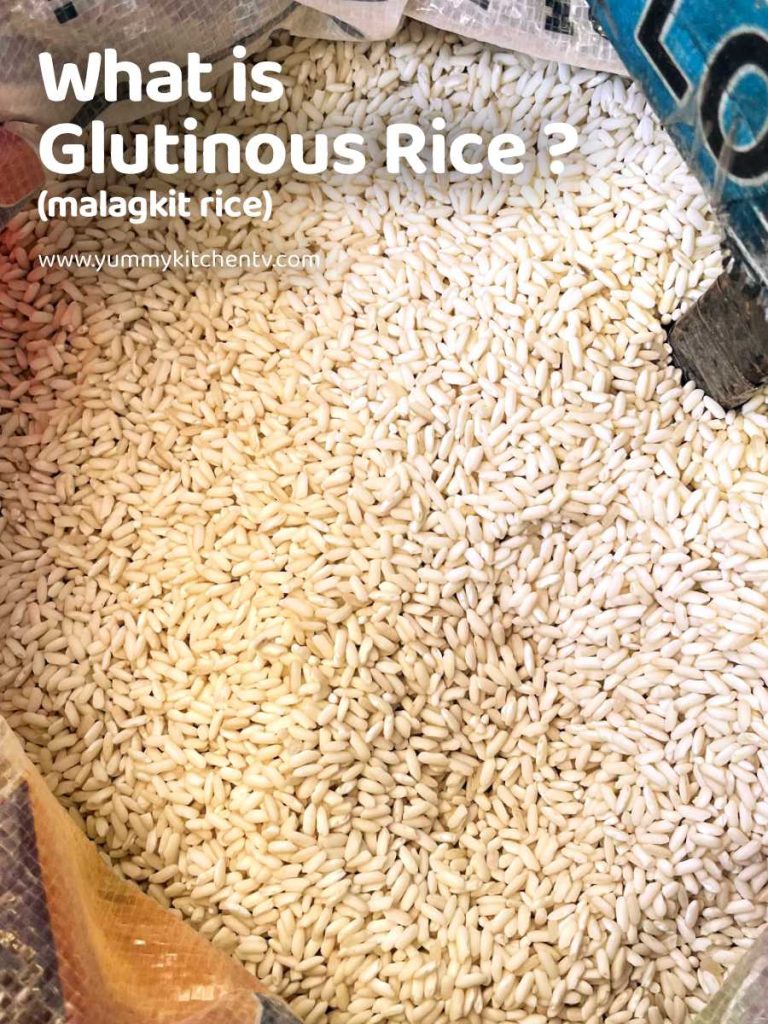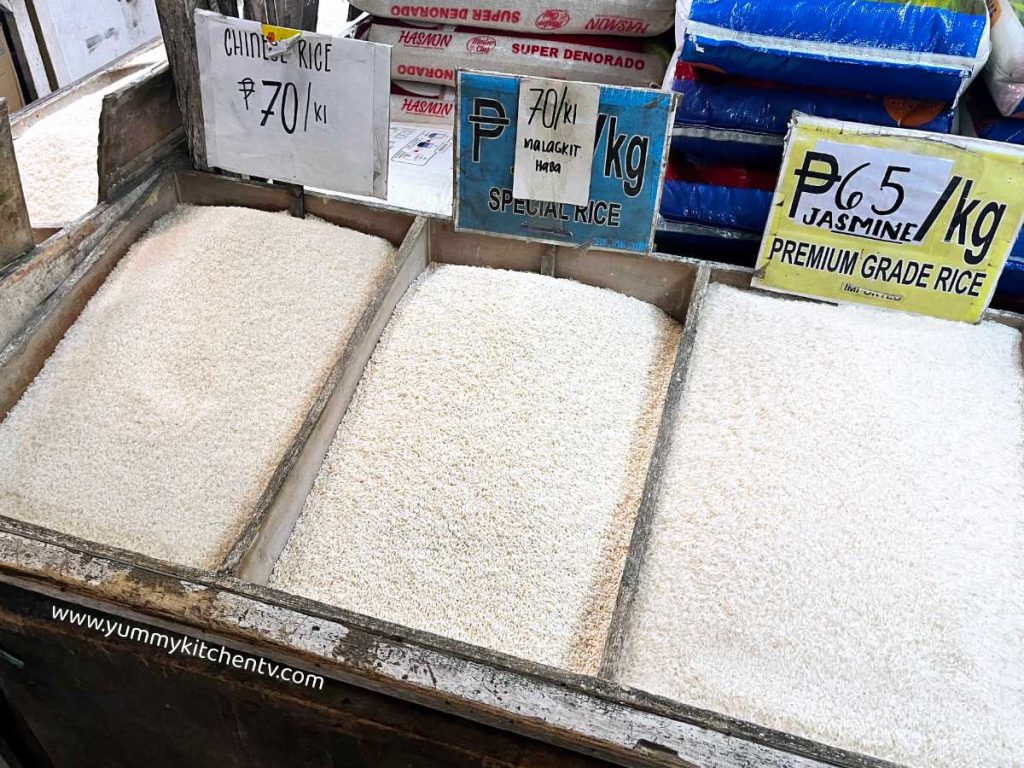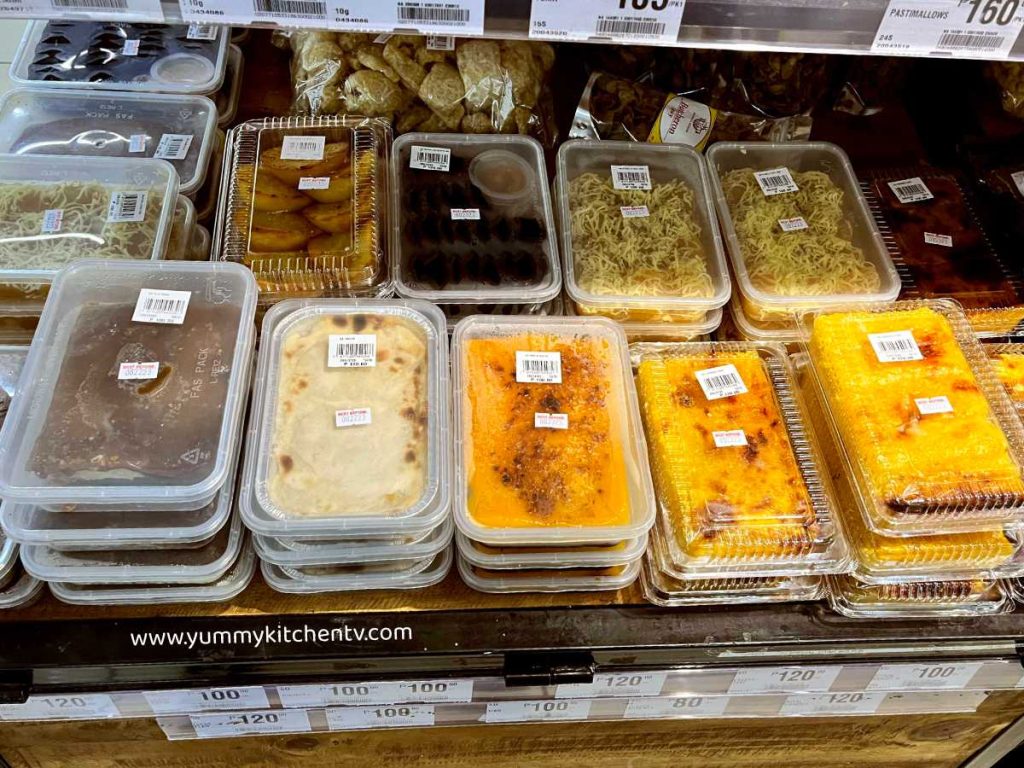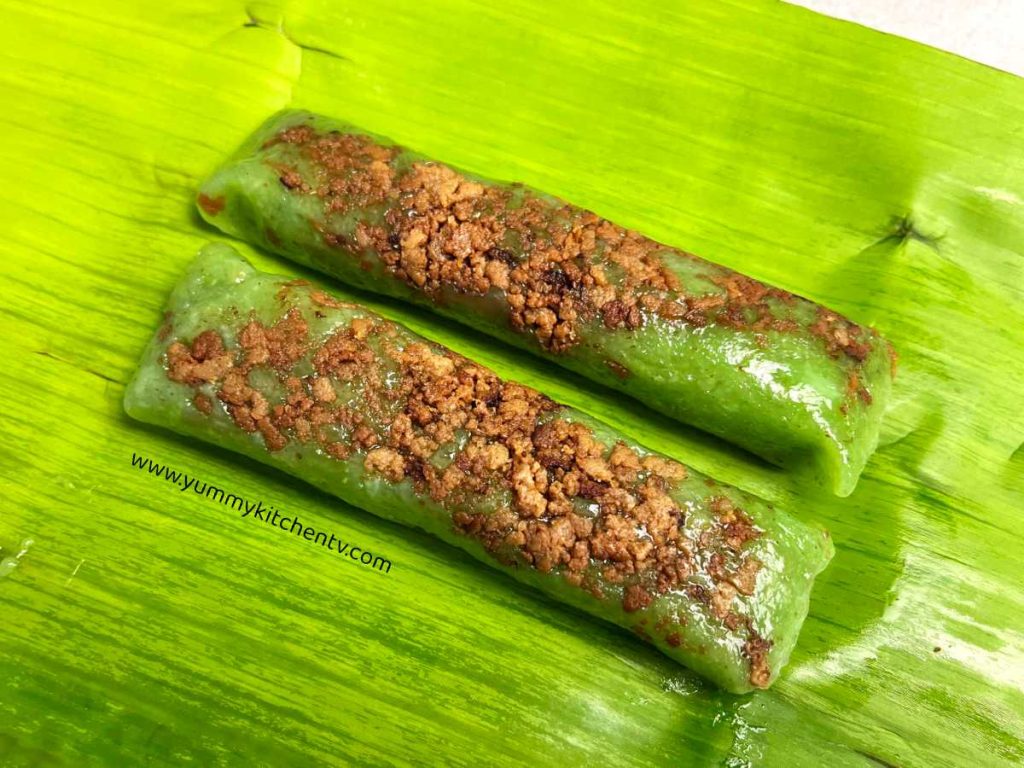Glutinous rice or in Tagalog ‘Malagkit Rice’ went from a simple common component in Southeast and East Asian dishes to a worldwide superstar. Following the health trends and diet culture? There are a lot of factors on why many have decided to try out and use glutinous rice, from wanting to be more healthy, because of certain body conditions, to just really loving the texture and flavor this type of rice brings out. A low fiber and low amylose content grain has many names from ‘sticky rice, waxy rice, and sweet rice. This ingredient is essential to Asian cuisine and can be seen used in many popular desserts like from the delicate Japanese Mochi to Mango sticky rice from Thailand, and filling sweet snacks like ‘biko’ from the Philippines.
A Short Introduction
What is glutinous rice used for? Glutinous rice (scientific name ‘Ortza sativa) is a small, and almost rounded in shape variety of rice. Familiar to many for its sticky, and creamy like texture when cooked. Grown in East Asia, Southeast Asia, and some parts of South Asia. Rice carries cultural and historical value, making it an essential staple to many Asians. Thailand for one gained a name as one of the main ‘gastronomic destinations’ in Southeast Asia, Thailand prominently uses a large amount of rice. Especially for the dish ‘Khao Niao’, their version of sticky rice, present in almost every meal.
Rice was domesticated by the Chinese for over 10,000 years, expanding to Southeast Asia, then all over the world. With Asia representing 90% of the world’s rice production. Glutinous rice, as one would think, does not have ‘gluten’ even if the name suggests differently. The reason for the name was that ‘glutinous’ also connotes being sticky, thus being called ‘sticky rice’, or ‘glutinous rice’. While there are different types of sticky rice available depending on the area, it’s been cultivated like the brown, black, purple, rice popular in Indonesia. Mochi rice or waxy rice, to specific Japanese rice that’s made for sushi. Depending on the recipe, you can find which plain, sweet, firm, very sticky, or creamy glutinous rice type to suit the dish. Where to buy glutinous rice? (Where to buy sticky rice?) You can find these in dry markets, grocery stores, or specialty rice stores.
Health Benefits
Are there any Glutinous rice nutrition or benefits? Glutinous rice calories are around 180 calories for 1⁄4 cup of this sticky rice. A staple that is cooked, boiled, steamed, stewed, or ground into a powder and turned into glutinous rice cakes, cakes, or as a gluten-free flour replacement. This rice will offer your diet a diverse culinary experience, but at the same time add into the body’s health benefits. Check out some of the examples below:
- Serves as a good source of calories and carbohydrates. Like your usual white rice. Rice, broken down into glucose helps fuel the body with energy.
- Has Manganese content, good for metabolism.
- Contains selenium, a mineral that provides antioxidants to protect cells from damage. Reducing risk of chronic diseases.
- Fiber properties in rice help regulate glucose and insulin, and lowers the risk of diabetes.
- Boosts the immune system since sticky rice has a good amount of copper, zinc, and vitamin B.
* Is glutinous rice bad for digestion? One should note that when eating sticky rice you should chew these properly to be able to digest well-avoid indigestion. Those with gastrointestinal problems should also avoid eating these daily.
Glutinous rice Recipes (Malagkit rice recipes):
Consuming rice in daily life is such a simple concept for most Asians, in the Philippines rice is such a big factor to not only daily living that even if you have other carbohydrates like pasta, or bread on the table. There will still be a small bowl of rice for those you are craving it. There are different styles of sticky rice, in the Philippines, glutinous rice is usually called ‘malagkit’ in Filipino (literally meaning ‘sticky’). Used generally as a sweet snack with a combination of coconut milk or coconut cream, eaten for breakfast or till evenings as a midnight snack. Any which way it’s cooked steamed in banana leaves, simply cooked as itself, or made into baked goods. You’re sure to find a Filipino sticky rice dish that will suit you. Check out some of these traditional glutinous rice desserts below:
- Suman Malagkit with Latik, a traditional rice cake, cooked in coconut milk and wrapped in banana leaves, where they get most of their fragrance from.
- Ube Biko with Custard Flan (biko recipe with custard toppings), another type of sticky rice cake, is made sweeter and tastier with the help of coconut milk, ube, and brown sugar with a modern take of adding custard flan (sweet pudding) on top.
- Bibingkang Malagkit the rice version of the typical Bibingka, this recipe uses glutinous rice rather than the flour version.
- Ube Turon Malagkit, your usual turon or banana wrapped in lumpia wrappers fried till it’s crispy, made special by adding ube with sticky rice or ube flavored sticky rice as an additional filling.
- Ginataang Mais – a filling sweet dessert like a a coco-nutty sweet porridge with soft corn.
- Other traditional recipes include: Bibingka galapong, bibingka malagkit with macapuno, minatamis na malagkit, and palitaw with cheese or palitaw recipe with syrup.
Rice is an essential, almost vital part of the Filipino household. Sticky rice being one of the varieties that sticks out. Positioning itself as the ‘dessert rice’ as its prominently used for sweets and in traditional snacks.

